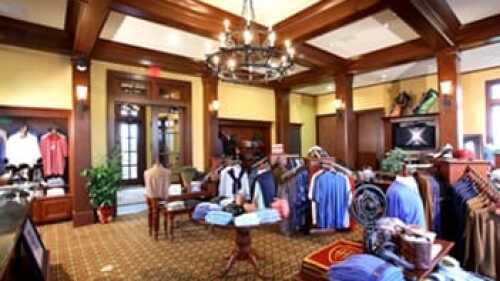Ronald A. Altoon
Images Publishing Group Pty Ltd.,
6 Bastow Place, Mulgrave,
Victoria 3170, Australia;
www.imagespublishing.com.
2010. 192 pages. $59.95, hardcover.
Amid the prolonged real estate doldrums, conversations about the property types that hold promise when the recovery arrives have been widespread. Recent buzz has focused on multifamily and office assets in major gateway cities; hotels, too, make intermittent forays into the realm of the desired. But retail has been largely overlooked. However, drawing from a conversation among foreign investors, architect Ronald Altoon suggests in Retail Rescue that Class B and C retail properties hold the promise of positive returns despite, or even because of, what he calls the “Pandora’s ‘retail center’ box” of challenges they present.
Altoon is an architect specializing in shopping center design with over 30 years of experience successfully redeveloping and repositioning distressed properties. A partner at Altoon + Porter Architects based in Los Angeles, Altoon is a past president of the American Institute of Architects and trustee of the International Council of Shopping Centers. In Retail Rescue, he sets out to demonstrate the opportunities that exist for developers, using case studies from four decades of experience.
These case studies are divided into nine categories according to the type and/or extent of redevelopment pursued—ranging from “lipstick remodeling” to facelifts, horizontal and vertical expansions, and radical transformation/repositioning, among others. Although many of the highlighted projects are located in California, Retail Rescue takes care to span not only the United States—including locations in Hawaii, Texas, and Chicago—but the globe as well, including sites in the Philippines, Thailand, and Australia, and other places both near and far.
Imagery plays a significant role in presentation of the case studies: before and after photos, plans, and renderings are included. Text accompanying each case study provides an overview of the problems presented by the project, approaches, solutions, and other such salient information. A project index lists further information, such as original opening date, repositioning date, owner, building area, and, in some cases, cost.
Most interesting, however, is the text that makes up the early sections of the book presenting the thrust of Altoon’s message. The narrative also provides a foundation of understanding for those investors who may be new to shopping center redevelopment—the audience Altoon believes stands to benefit most from his book.
The initial section, “Seeking a Sound Investment,” discusses the fundamentals and “the numbers and the number crunchers.” In writing about the fundamentals of distressed assets, Altoon seeks to illuminate the first layer of seeking opportunities. Identifying those properties that have positive community relationships, demographics, and management and other such advantages is the first step toward “retail rescue.” Following this, Altoon discusses the various metrics used to determine revenue and profit potential, and other analytical tools.
Along similar lines, Altoon discusses Pandora’s box to determine “what isn’t in the numbers.” This includes the “nonfinancial physical, environmental, political, and legal condition of an existing property . . . that could create a substantial challenge in achieving the financial returns.” Before presenting the case studies, Altoon offers an overview of asset enhancement options, providing brief synopses of the nine categories of case study based on type and/or extent of the strategy.
Altoon concludes with lessons he has learned, again posing the question, “What isn’t in the numbers?” He touches on broader topics, listing in a paragraph 11 ideas to create memorable destinations that transcend identification solely as a retail center, such as contextual evaluation, urban framework/infrastructure environment, and “they don’t know what they don’t know.” Though brief, the ideas provide much food for thought.
Retail Rescue may be most valuable for those new to the retail redevelopment world. However, much in the book is applicable to seasoned investors as well, given the new and ever-changing rules brought about by the recent economic downturn. New and different perspectives, and even basic refreshers, are valuable to all players in the game.
may be most valuable for those new to the retail redevelopment world. However, much in the book is applicable to seasoned investors as well, given the new and ever-changing rules brought about by the recent economic downturn. New and different perspectives, and even basic refreshers, are valuable to all players in the game.




